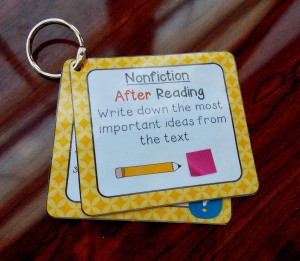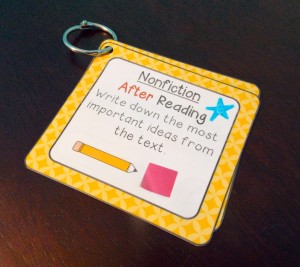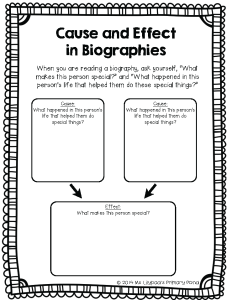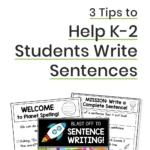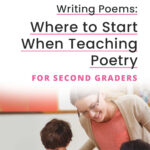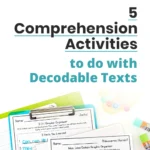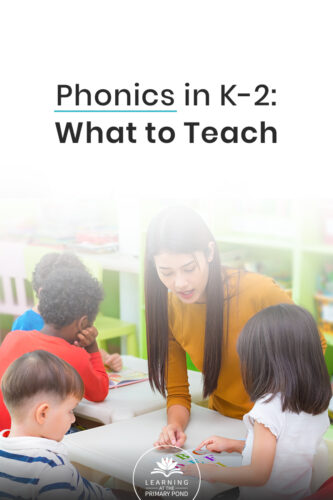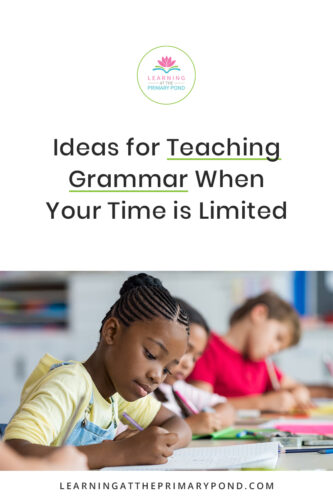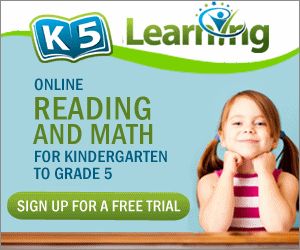I just posted Unit 4 of my 2nd grade reading workshop series! Yay!
This unit is super comprehensive. It covers all of the Common Core 2nd grade reading standards for informational text! Since the CCSS want students reading different types of informational texts, the unit teaches students how to apply reading strategies in different ways, depending upon the type of text they are reading.
The unit is made up of four different parts:
1. Nonfiction reading strategies (for before, during, and after reading, plus decoding and vocabulary skills)
2. Strategies for reading texts about history
3. Strategies for reading biographies
4. Strategies for reading science/technical texts
The unit uses high-quality informational texts to teach students reading strategies they can use in their independent reading. One of my favorite books I use in the unit is Moonshot, by Brian Floca. I bought it because it was recommended for 2nd/3rd grade by the Common Core, and BOY am I glad I got it! It’s an amazing picture book about the first astronauts on the moon, and it makes you feel like you’re actually on the moon, looking down at Earth.
I love this book! Anyway, back to the unit. One of my favorite parts of it is the reading strategy cards. Check them out in the picture below:
The unit comes with different strategy cards to help the kids remember the strategies they’re learning from the minilessons. You just print them, laminate, hole punch, and put them on small binder rings, and the kiddos can use them during independent and guided reading. If you want a child to focus on a particular strategy, you can use a dry erase marker to draw a star on that strategy card (and then erase it and draw it on a different card when the child has mastered the first strategy):
Another one of my favorite things about the unit is that it has second graders meet in “book clubs” to talk about what they’re reading. And it’s not just aimless chatting, either – the lessons give them guidelines about what to talk about, and students prepare for the discussions by taking notes and filling out graphic organizers.
Speaking of graphic organizers, here’s one of them that you can download for free!
Click {here} to check out the whole unit. Happy teaching!



